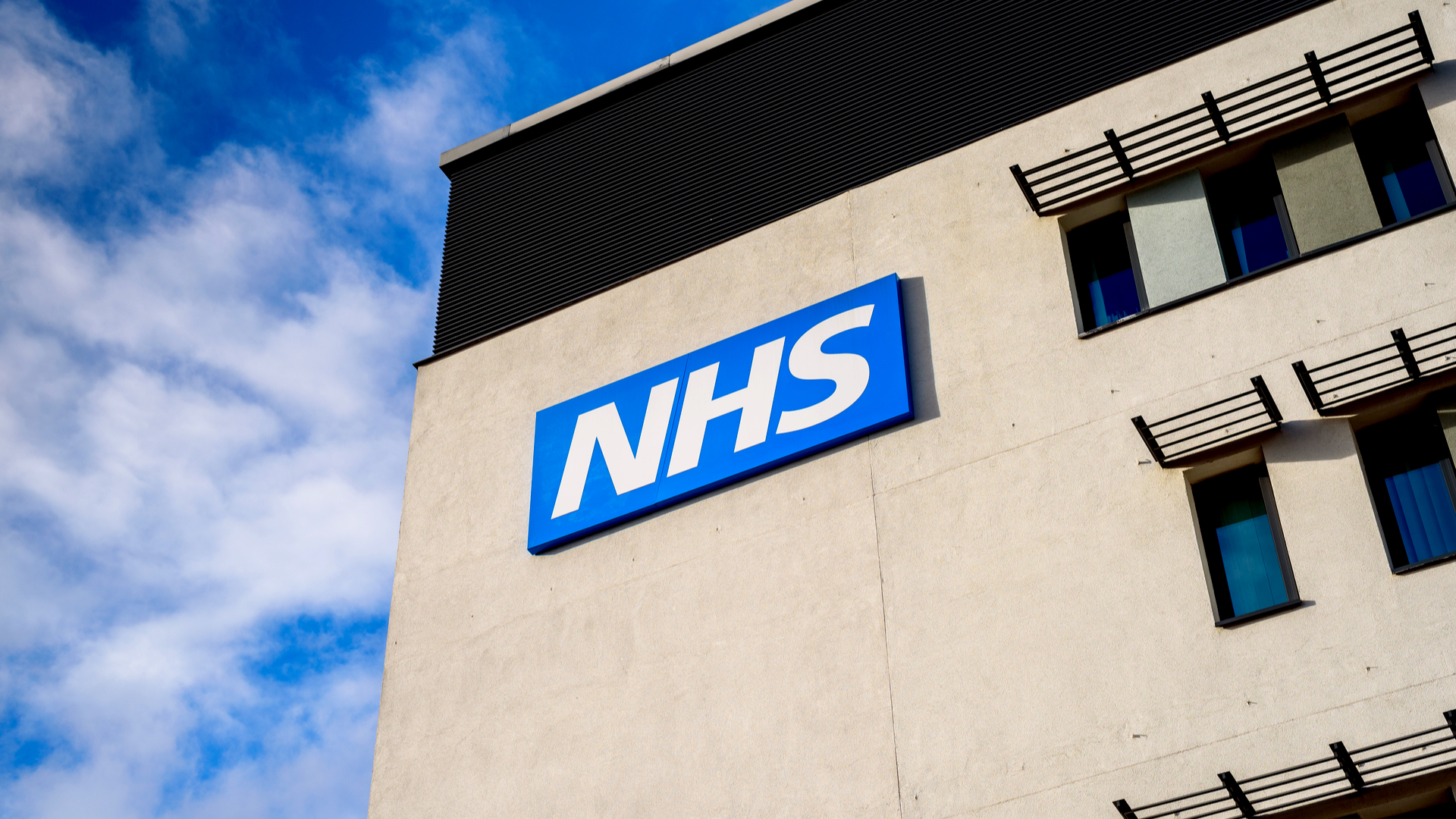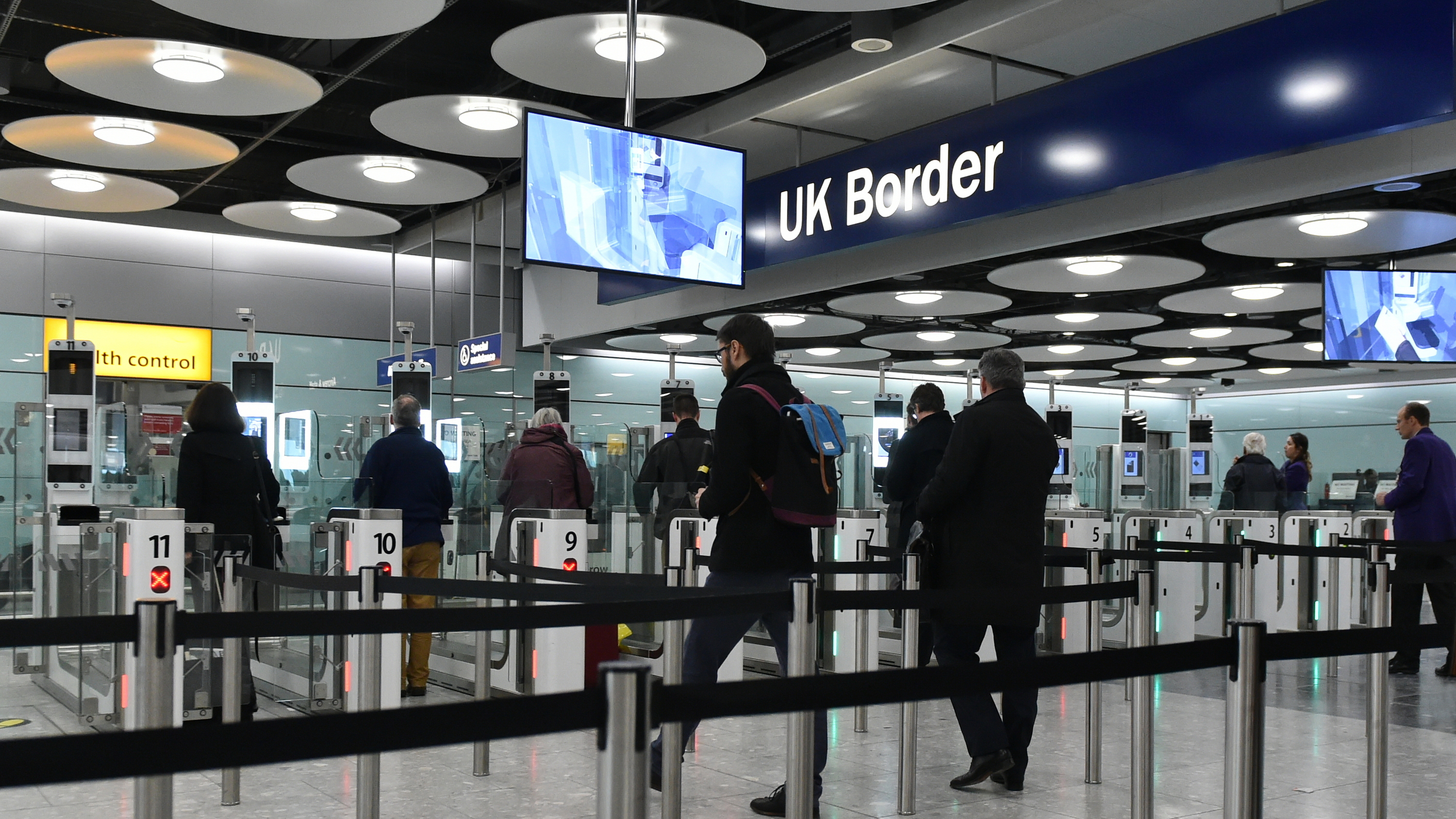NHS systems still reliant on Windows XP
Government minister downplays significance of venerable OS' continued use


Over 2,000 NHS systems are still running on Windows XP five years after it stopped receiving security updates.
It's the latest hammer blow to the NHS' reputation for being well behind the curve in terms of keeping its IT systems up-to-date and secure.
The figures were slammed by shadow Cabinet Office minister Jo Platt after they were revealed by Jackie Doyle-Price, parliamentary under secretary of state at the Department of Health.
"The government is seriously lacking the leadership, strategy and co-ordination we need across the public sector to keep us and our data safe and secure," said Platt. "How many more warnings will it take before they listen and take action?
"The next Labour government will provide not only the resourcing but also the vital leadership, organisation and dedication needed to get our public sector fit and resilient to fight the cyber-threats of the 21st century," she added.
It's not the first set of figures that illustrate an apparent disregard for cyber security in some parts of the National Health Service. In December 2018, a response to an FOI request revealed some NHS Trusts spend as little as 250 on cyber security.
Results of a different FOI request a year later revealed one NHS Trust in Cumbria was the victim of an "extraordinary" number of cyber attacks and had spent 29,600 in 2017 alone to remedy the effects.
Get the ITPro daily newsletter
Sign up today and you will receive a free copy of our Future Focus 2025 report - the leading guidance on AI, cybersecurity and other IT challenges as per 700+ senior executives
Doyle-Price was quick to dispel Platt's criticism, claiming that although the number of legacy systems was in the thousands, it only accounted for a small percentage of the total 1.4 million computers run by the NHS.
"This equates to 0.16% of the NHS estate," said Doyle-price. "We are supporting NHS organisations to upgrade their existing Microsoft Windows operating systems, allowing them to reduce potential vulnerabilities and increase cyber resilience."
In the wake of the WannaCry ransomware attack on the NHS in 2017, the National Audit Office revealed the NHS had been warned by the Department of Health as early as 2014 about the threat of cyber attacks and that it should migrate from Windows XP by April 2015.
Five years later, the upgrade process still hasn't been completed and after an attack that cost the NHS a reported 92 million, it has led experts calling for better action to be taken.
"Considering the damage done by the WannaCry attack in 2017, it's appalling that the NHS hasn't finished upgrading its systems," said Paul Bischoff, privacy advocate at Comparitech.com. "Even if 2,300 computers is a small fraction of the total, hackers only need a single point of ingress to infect an entire network."
There are other reasons for running old software too."Often we see that companies are running old software that is no longer compatible with the newer operating systems, and therefore have to use older systems for this reason - but this does not make lower the risk of using those systems," said Boris Cipot, senior security engineer at Synopsys.
"For instance, it may have very expensive medical equipment that can only be controlled by software that runs on XP," said security analyst Graham Cluley. "So it's not just a case of updating a PC, but perhaps spending millions on a new MRI scanner."

Connor Jones has been at the forefront of global cyber security news coverage for the past few years, breaking developments on major stories such as LockBit’s ransomware attack on Royal Mail International, and many others. He has also made sporadic appearances on the ITPro Podcast discussing topics from home desk setups all the way to hacking systems using prosthetic limbs. He has a master’s degree in Magazine Journalism from the University of Sheffield, and has previously written for the likes of Red Bull Esports and UNILAD tech during his career that started in 2015.
-
 Bigger salaries, more burnout: Is the CISO role in crisis?
Bigger salaries, more burnout: Is the CISO role in crisis?In-depth CISOs are more stressed than ever before – but why is this and what can be done?
By Kate O'Flaherty Published
-
 Cheap cyber crime kits can be bought on the dark web for less than $25
Cheap cyber crime kits can be bought on the dark web for less than $25News Research from NordVPN shows phishing kits are now widely available on the dark web and via messaging apps like Telegram, and are often selling for less than $25.
By Emma Woollacott Published
-
 Podcast transcript: What did we learn from WannaCry?
Podcast transcript: What did we learn from WannaCry?IT Pro Podcast Read the full transcript for this episode of the IT Pro Podcast
By IT Pro Published
-
 The IT Pro Podcast: What did we learn from WannaCry?
The IT Pro Podcast: What did we learn from WannaCry?IT Pro Podcast Five years on, WannaCry still remains one of the most impactful security incidents in recent memory
By IT Pro Published
-
 Over two-thirds of companies still run software with WannaCry flaw
Over two-thirds of companies still run software with WannaCry flawNews Four years have passed, and many systems still need patching
By Danny Bradbury Published
-
 US charges three North Koreans for Sony Pictures, WannaCry attacks
US charges three North Koreans for Sony Pictures, WannaCry attacksNews The men are said to have been responsible for a $1.3 billion hacking spree
By Bobby Hellard Published
-
 Tenable declares there are far worse security threats to fear than zero-day exploits
Tenable declares there are far worse security threats to fear than zero-day exploitsNews ‘If you’re scared of zero-days, you don’t know what you’re talking about’ claims Tenable
By Connor Jones Published
-
 Spanish Ryuk ransomware attack hints at new WannaCry
Spanish Ryuk ransomware attack hints at new WannaCryNews Ryuk ransomware continues to be a big problem for businesses with reports of attacks on Spanish organisations
By Bobby Hellard Published
-
 What is WannaCry?
What is WannaCry?In-depth The full story behind one of the worst ransomware outbreaks in history
By Adam Shepherd Last updated
-
 WannaCry warrior Marcus Hutchins free to return to UK
WannaCry warrior Marcus Hutchins free to return to UKNews Security researcher avoids jail time for role in creating the Kronos banking trojan
By Adam Shepherd Published